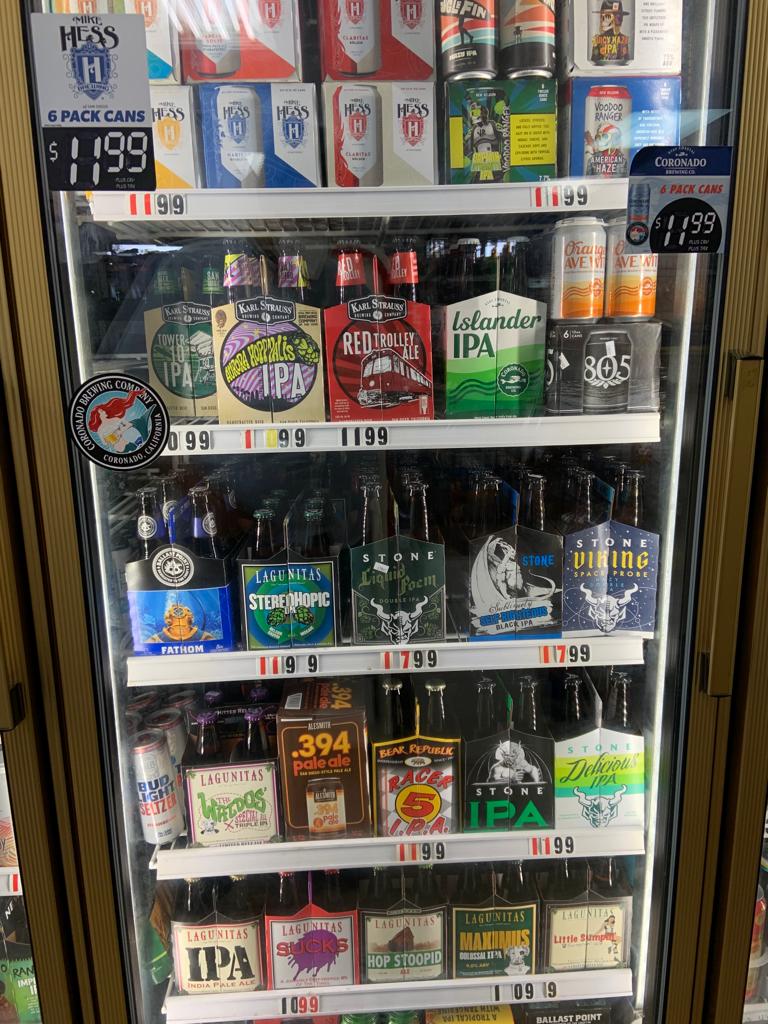Just looking at the beer refrigerator in the store or supermarket we see a lot of light beers and a few in dark containers, which are not necessarily dark, but very few are dark.
More light beer than dark beer is consumed in the world, but how do you determine what is a light or dark beer? and what are their differences?
Well, at one time it was not possible to agree on whether a beer was light or dark, so in order to classify beers it was important to have common ground on what is light and/or dark regardless of whether your beer is one or the other. .
For this purpose, a standard color measurement system in English SRM (Standard Reference Method) was proposed with which the shades were first defined and the beer was compared against this reference table.
| What they agreed on was a lot of values that were assigned from the color straw to the color black. Even with this reference table it is still a complex task since many intermediate values have been eliminated to leave a simpler table. |
To this series of values from 1 to 40, with 1 being the lowest color and 40 the highest, under this Standard Reference Method it could be said to further simplify that there is a group of colors: Yellows, oranges, coppers, browns and blacks.
Suppose we are talking about colors only, of these 5 groups (yellows, oranges, reds, browns and blacks, which ones would you classify as dark?
In my case I would only classify browns and blacks as dark, but usually many people assign the dark value when it comes to beer from amber or orange.
Participate-> https://forms.gle/mSBc3zmgDvniuurt5
We will leave the differences between light and dark for another time, once we have defined what is light and what is dark.
I invite you to subscribe to the newsletter so that you receive notifications of upcoming articles.


